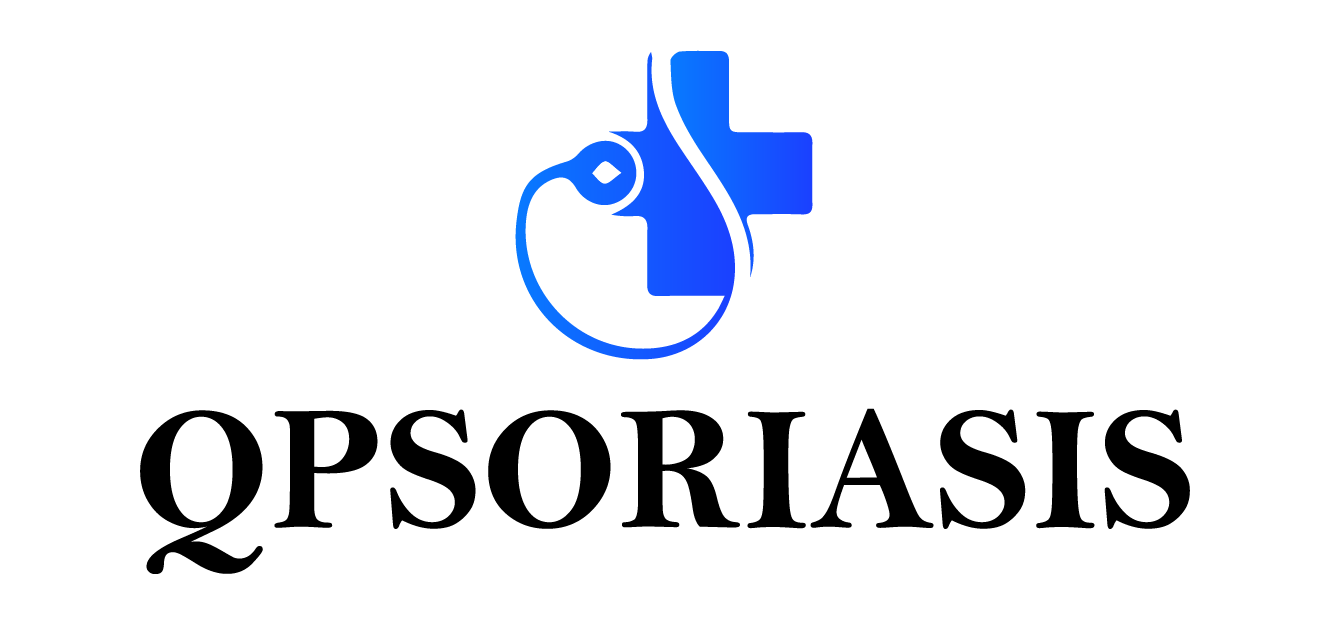Inflammation in the skin is a typical effect that occurs temporarily in the form of redness following a sunburn or on a long-lasting scale like eczema, psoriasis, and rosacea. Knowledge of skin inflammation clarified entails identification of the cellular and molecular agents, common triggers, clinical manifestations, and clinical care plans. This paper dissectionalizes the functioning of the immune system of the skin, why an inflammatory process becomes chronic in certain individuals, and the evidence-based strategies to lower inflammation, safeguard the barrier, and enhance outcomes.
What is skin inflammation?
The body responds to injury, infection or irritants in a well-organized and coordinated manner by means of inflammation. On the skin, it is associated with vascular alterations, inflow of immune cells and the discharge of signaling molecules (cytokines and chemokines). Whereas acute inflammation is protective (pathogens clearance and repair) chronic or dysregulated inflammation may cause tissue damage and form the basis of most dermatologic diseases.
Key signs of inflammation
- Redness (erythema) — from dilated blood vessels
- Heat — increased blood flow and metabolic activity
- Swelling (edema) — fluid and immune cell accumulation
- Pain or tenderness — from mediators that sensitize nerve endings
- Loss of function — in severe or persistent inflammation
Cellular and molecular players
Understanding skin inflammation explained requires knowing the major cell types and signaling molecules involved.
1. Keratinocytes
In addition to structural functions, Keratinocytes are immune sentinels. They pick up danger signals (pathogen-associated molecular patterns, PAMPs, and damage-associated molecular patterns – DAMPs) and trigger the recruitment of immune cells with cytokines and antimicrobial peptides.
2. Innate immune cells
- Langerhans cells and dermal dendritic cells: process antigens and adaptive immunity.
- Macrophages and neutrophils: they are the initial responders that ingest the pathogens and cause inflammatory mediators.
- Mast cells: produce histamine and other mediators which result in vasodilation and itching.
3. Adaptive immune cells
- T lymphocytes: subsets (Th1, Th2, Th17, Treg) shape the type and duration of inflammation. For example:
- Th1 responses are linked to IFN-γ and cell-mediated immunity.
- Th2 responses (IL-4, IL-13) are associated with atopic dermatitis and allergic inflammation.
- Th17 responses (IL-17, IL-22) play central roles in psoriasis and certain forms of neutrophil-rich inflammation.
- B cells and antibodies can contribute to certain autoimmune or allergic skin reactions.
4. Cytokines, chemokines, and mediators
Cytotokines (small proteins) (TNF-α), IL-1, IL- 6, IL- 17, IL- 23, IL- 4, and IL- 13 coordinate cell recruitment, activation, and maintenance of inflammation. Symptoms are also caused by lipid mediators (prostaglandins, leukotrienes), histamine and reactive oxygen species.
Common triggers of skin inflammation
Skin inflammation can be initiated or aggravated by many triggers through psoriasis trigger management. Recognizing them is critical to prevention and management.
1. Infections
Bacterial (Staphylococcus aureus), viral (herpes simplex), and fungal infections can provoke inflammation or complicate existing skin disease.
2. Allergens and irritants
Contact allergens (nickel, fragrance compounds) trigger allergic contact dermatitis (type IV hypersensitivity). Irritants (soaps, solvents, acids) cause non-immune irritant dermatitis.
3. Physical trauma and environmental factors
Friction, pressure, ultraviolet radiation, extreme temperatures, and low humidity can damage the barrier and initiate inflammation.
4. Immune dysregulation and genetics
Certain individuals have genetic predispositions (e.g., filaggrin mutations in atopic dermatitis) or immune imbalances that favor specific inflammatory pathways and chronicity.
5. Systemic factors
Hormonal changes, metabolic syndrome, stress, and medications can modify immune responses and precipitate flares.
Acute versus chronic skin inflammation
- Acute inflammation is fast, neutrophils and innate response predominate and is usually repaired. Examples include acute allergic reaction, contact dermatitis, sunburn.
- Chronic inflammation entails adaptive immune system, mononuclear cells (lymphocytes and macrophages), remodeling of tissue, and in some occasions, fibrosis. Examples: psoriasis, lichen planus, chronic urticaria, atopic dermatitis.
The secondary outcomes of chronic inflammation include dysfunction of the barriers, changes in neural signaling (pruritus), and secondary infection.
Clinical conditions illustrating different inflammatory pathways
- Atopic dermatitis (eczema): skewed toward Th2 cytokines (IL-4, IL-13) with barrier dysfunction and intense itch.
- Psoriasis: Th17/IL-23-driven inflammation with rapid keratinocyte proliferation and scaling.
- Contact dermatitis: T-cell–mediated delayed hypersensitivity to specific allergens.
- Rosacea: neurovascular dysregulation, innate immune activation, and microbial influences (Demodex) contribute to chronic facial flushing and papules.
Diagnostic approach
When skin inflammation is persistent or severe, clinicians use a structured approach:
- History: onset, distribution, triggers, exposures, family history, systemic symptoms.
- Exam: lesion morphology, distribution pattern, secondary changes (crusting, lichenification).
- Tests: patch testing for contact allergens, KOH prep or culture for fungal infections, bacterial swabs if infection suspected, and occasionally skin biopsy for histology and special studies.
Evidence-based strategies to reduce skin inflammation
Management depends on cause, severity, and chronicity. Effective strategies combine trigger avoidance, barrier support, and targeted anti-inflammatory therapy.
General supportive measures
- Gentle cleansing and regular moisturization to restore barriers and reduce inflammatory signaling.
- Avoid known irritants, prolonged hot water exposure, and excessive friction.
- Emollients with ceramides, niacinamide, and humectants support repair.
Topical anti-inflammatories
- Topical corticosteroids: potent anti-inflammatory agents for many acute and chronic inflammatory dermatoses; use the lowest effective potency and duration to limit side effects.
- Topical calcineurin inhibitors (tacrolimus, pimecrolimus): steroid-sparing options useful for sensitive areas (face, intertriginous zones) and long-term control of T-cell–mediated inflammation.
- Topical PDE4 inhibitors (crisaborole): for mild-to-moderate atopic dermatitis.
Systemic and targeted therapies
- Systemic immunosuppressants (methotrexate, cyclosporine) may be used for severe or refractory disease.
- Biologics and small molecules: drugs targeting TNF-α, IL-17, IL-23, IL-4/13 (dupilumab), JAK inhibitors, etc., offer precise control by blocking specific inflammatory pathways implicated in psoriasis, atopic dermatitis, and other conditions. These are guided by specialist assessment.
Infection control
Treat secondary bacterial or fungal infections promptly, appropriate antimicrobials reduce inflammation and prevent complications.
Adjunct measures
- Phototherapy (narrowband UVB) is immunomodulatory, and has a positive effect on a number of chronic inflammatory skin conditions.
- Neuroimmune triggers can be lowered using stress-management methods and sleep hygiene.
- There is a possibility of dietary and lifestyle interventions (reducing weight in patients with obesity) to enhance the outcome of systemic inflammation and the skin as well.
Practical tips for patients
- Maintain a trigger diary in which you record flares, products used, stressors, infections, and diet so that you can see patterns.
- Take prescribed topical drugs as instructed; a sudden withdrawal may result in a rebound flare.
- Use moisturizers generously, both prior to and subsequent to topical medication, to aid in barrier restoration.
- Early attention should be taken to the symptoms of infection (increased pain, spreading erythema, pus, fever).
- Consider systemic/biologic therapy with a dermatologist in case of uncontrolled/quality of life inflammation.
When to seek specialist care
Consider dermatology when the inflammation is widespread, persistent despite appropriate home treatment, systemic manifestations, or when the functional/psychological impairment is severe. Experts are able to confirm the diagnosis, to request tests (patch testing, biopsy), and prescribe complex systemic therapy or phototherapy.
Final Thoughts
The explained skin inflammation is a complex process with the involvement of keratinocytes, innate and adaptive immune cells, cytokines, and environmental triggers. Acute inflammation is protective, whereas chronic or dysregulated inflammation is the basis of many chronic skin diseases and may result in quality of life. Recombinant treatment is effective care based on avoiding triggers, repairing barriers, and prescribed anti-inflammatory treatment based on diagnosis and severity. In case of inflammation of a severe, recurrent, or disruptive nature, refer to dermatologic assessment to implement evidence-based treatment.



